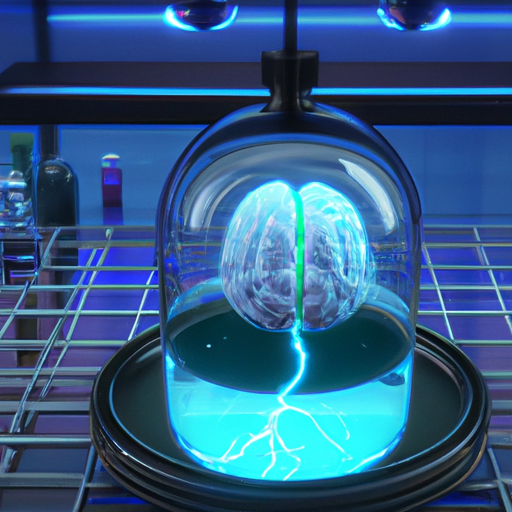
In 1966, Suda and colleagues published a paper in Nature, "Viability of long term frozen cat brain in vitro". This has been a controversial study in the cryobiology field over the decades, with some questioning whether it will replicate. This question asks: will that study be replicated in 20 years (ie by May 15, 2043)?
Here is a brief summary of the methods: The study involved perfusing the anesthetized cat brain with a cooled, salt-balanced artificial solution, followed by surgical isolation of the brain within the cranium. The isolated brain was then infused with glycerol in increasing concentrations of up to 15% to protect the tissue during freezing. The brain-containing cranium was subsequently frozen at -20°C and stored for 45 days. For the thawing process, the frozen cranium was moved to a 2°C cold room overnight. Once completely thawed, the brain was extracted from the skull, the glycerol was washed out, and the brain was reperfused with a warm blood solution in an incubator. Electrical activity was recorded from the brain to assess the viability of nerve cells after the freezing and thawing process.
Because this is such a specific experiment, it is unlikely that anyone will replicate it exactly. But the core aspects seem to be the following:
Mammalian brain at least as large as a mouse (in Suda's experiment, cats were used)
The concentration of glycerol (or a similar cryoprotectant, like ethylene glycol) is perfused or otherwise introduced to the tissue at a relatively low concentration so that the tissue will not vitrify (ie >= 0.2% of the tissue water will be converted to ice).
No other important additives in the perfusate such as ice blockers.
At least a month of storage at around -20xC or lower (in Suda's experiment, storage was for 45 days)
Rewarmed via slow thawing and reperfused with warm blood, without next-generation rewarming methods (such as electromagnetic rewarming)
After this, some type of coordinated brain rhythm across the brain is recorded and found to be intact, such as with EEG or ECoG.
The replication doesn't need to be published in a journal. But it does need to be reported somewhere publicly, such as in a recorded conference talk. I will decide if the report that brain rhythms are retained or not is credible. If I'm dead or otherwise incapacitated at this point, someone else can step in to decide credibility.
Suda and colleagues' own replication in 1974 doesn't count.
The question resolves YES if anyone reports a positive replication.
The question resolves NO if nobody reports a positive replication AND there is at least one report of a negative replication. It also resolves NO if someone publishes a negative replication experiment with extremely good evidence that a positive replication will never be possible (I will judge this, I doubt it will happen but I'm open-minded).
The question resolves N/A if nobody replicates this result by 2043.
I explain my reasoning and give more context here: https://neurobiology.substack.com/p/can-we-freeze-time